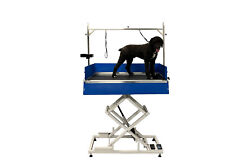What to Do With a Clawing Cat

By scratching rough surfaces, cats accelerate the shedding of their nail sheaths, presumably as a form of self-grooming. Some cats like to stretch when they scratch, anchoring their claws up high and then arching their backs down. Also, by clawing, cats declare their territory by depositing both a visible (shredded material) and a chemical (by secretions from the paw pads) marker of their presence. For an extra-large version of this evidence, visit your local zoo and examine the trees in the big cat enclosures. Chances are you will see serious bark-shredding in the high, visible part of some tree trunks.
Most often, cats scratch and shred furniture, stereo speakers, doorways, and cabinets with their claws. To convince your cat to claw only appropriate objects rather than your favorite chair, you must provide attractive options. The typical carpeted post is not always appealing to cats. It may be too smooth, too short or too wobbly.
Instead, take your cue from the cat’s own preferences and try fabric posts, bark-covered logs, softwood remnants, sisal fiber or corrugated cardboard. Experiment with location, and vertical or horizontal post positions. Look at what the cat likes to scratch on your house, and buy or make a scratching post that is as similar as possible.
While you are teaching your cat to use her post, temporarily cover taboo areas with smooth plastic. Place the post near the furniture your cat likes to scratch (obviously, territory she would like to claim), and slowly move it to a more suitable spot as she shows a preference for the post. Praise your cat every time she uses the scratching post, and she’ll soon get the idea.













